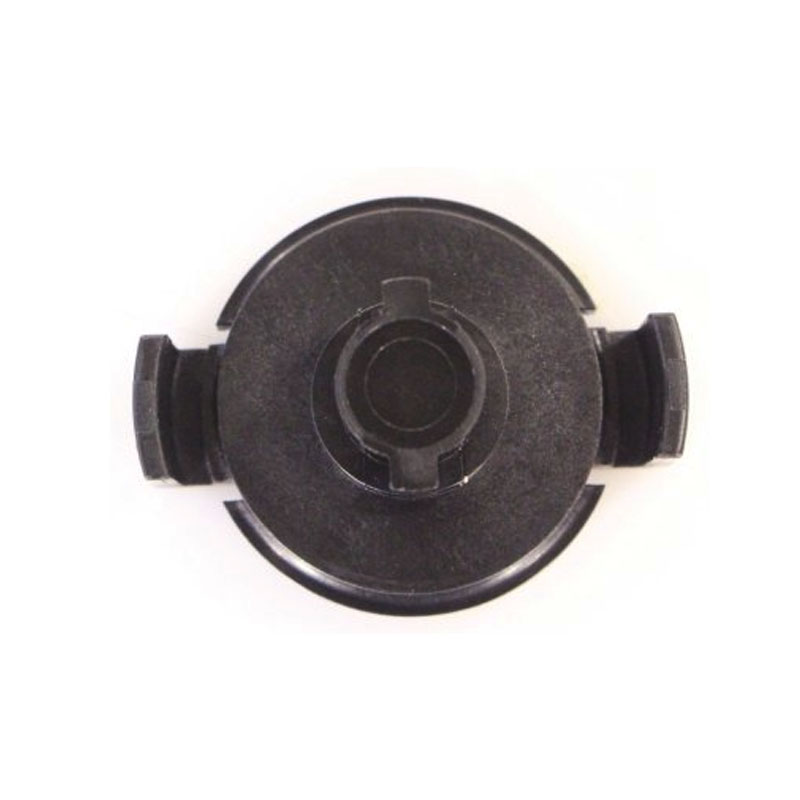Understanding the Importance of Differential Shaft Seals in Vehicle Performance and Maintenance
Understanding Differential Shaft Seals Importance, Function, and Maintenance
Differential shaft seals play a critical role in ensuring the smooth operation and longevity of various machinery and vehicles. These seals are designed to prevent the leakage of fluids, primarily oils or lubricants, from the differential housing to the external environment, which is essential in maintaining optimal performance and preventing damage to components.
What is a Differential Shaft Seal?
In simple terms, a differential shaft seal is a mechanical component that fits between the housing of the differential and the rotating shafts that exit the differential to drive the wheels. The differential itself is crucial in allowing the wheels to rotate at different speeds, especially when a vehicle turns. This action could otherwise lead to excessive wear, noise, or mechanical failure if not properly managed.
Differential shaft seals are typically made from durable materials that can withstand harsh conditions, including high temperatures, pressure variations, and exposure to various chemicals and contaminants. Common materials include rubber, silicone, or composite materials designed for specific applications.
Function of Differential Shaft Seals
The primary function of the differential shaft seal is to prevent gear oil from leaking out of the differential. Gear oil is essential for lubrication and cooling of the gears inside the differential. If the seal fails and oil escapes, it can lead to insufficient lubrication. This, in turn, can cause overheating, increased friction, and ultimately, catastrophic failure of the differential components.
Moreover, these seals also protect the internal parts of the differential from the ingress of dirt, water, and other contaminants. Ensuring that these harmful substances do not enter the differential housing is vital for maintaining the performance and reliability of the entire drivetrain system.
Signs of Differential Shaft Seal Failure
Recognizing the signs of differential shaft seal failure is crucial for vehicle owners and operators. Common indicators include
differential shaft seal

1. Oil Leaks Noticeable puddles or drops of oil under the vehicle may suggest that the seal is compromised.
2. Unusual Sounds Grinding or whining noises coming from the differential while the vehicle is in motion can indicate that gears are not properly lubricated due to a leaking seal.
3. Warning Lights Some modern vehicles come equipped with monitoring systems that may trigger warning lights on the dashboard if fluid levels become critically low.
4. Heat Accumulation An overheating differential may suggest that lubricant is leaking out, causing stress on the remaining fluid.
Maintenance and Replacement
Regular maintenance checks of the differential and its components, including the shaft seals, are essential to enhance the longevity of your vehicle. It is advisable to inspect the differential fluid levels periodically and to replace the fluid as per the manufacturer’s recommendations. This practice not only keeps the differential functioning optimally but also offers a chance to inspect the condition of the seals.
If a differential shaft seal is found to be leaking or worn, it should be replaced as soon as possible. Replacement involves removing the driveshaft or axle, possibly a challenging task for the untrained. Therefore, it is often best left to professionals unless one possesses the necessary mechanical skills and tools.
Conclusion
Differential shaft seals are small yet crucial components that safeguard the operation of a vehicle's differential. Understanding their importance and recognizing the signs of failure can help maintain vehicle performance, safety, and reliability. Regular maintenance checks and timely replacement of worn seals can save vehicle owners from costly repairs and extend the service life of their vehicles. In the world of automotive engineering, attention to these seemingly minor details makes all the difference in performance and durability.
-
Understanding the Front Main Engine Seal: Purpose, Maintenance, and Installation
News Jul.29,2025
-
Understanding O-Rings and Seal Rings: Types, Applications, and Custom Solutions
News Jul.29,2025
-
Understanding Crankshaft Oil Seals: Rear Seals, Pulley Seals, and Their Role in Engine Integrity
News Jul.29,2025
-
The Importance of Front and Rear Crankshaft Seals in Engine Performance and Oil Management
News Jul.29,2025
-
Crank Oil Seals: Functions, Types, and Cost Considerations in Engine Maintenance
News Jul.29,2025
-
A Comprehensive Guide to O-Rings and Seals: Types, Materials, and Global Applications
News Jul.29,2025
-
Mastering Diesel and Performance Engine Maintenance: A Guide to Critical Oil Gaskets
News Jul.28,2025
Products categories















